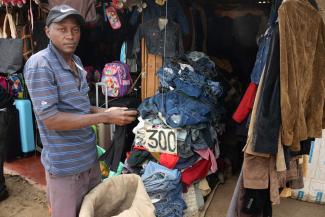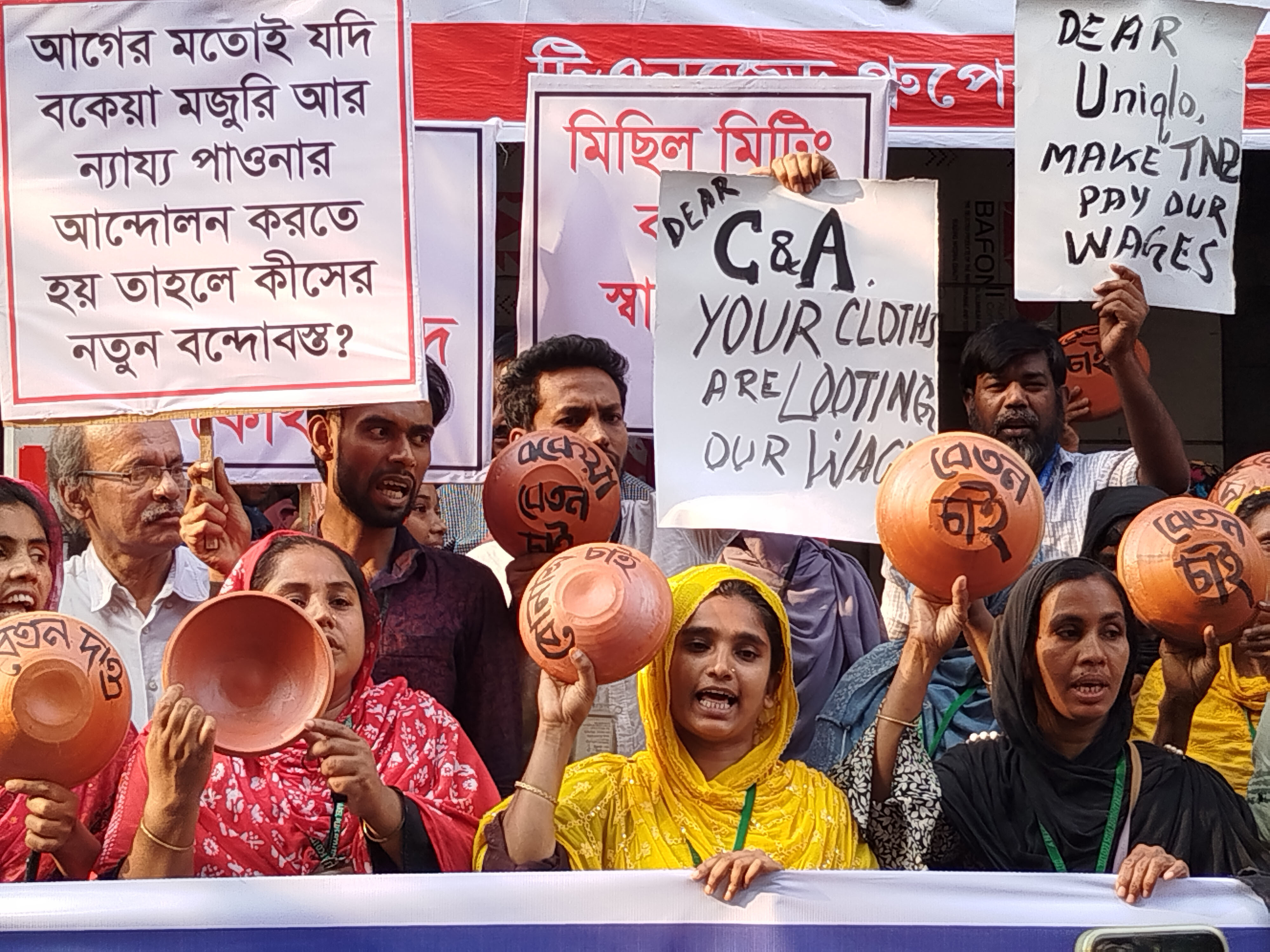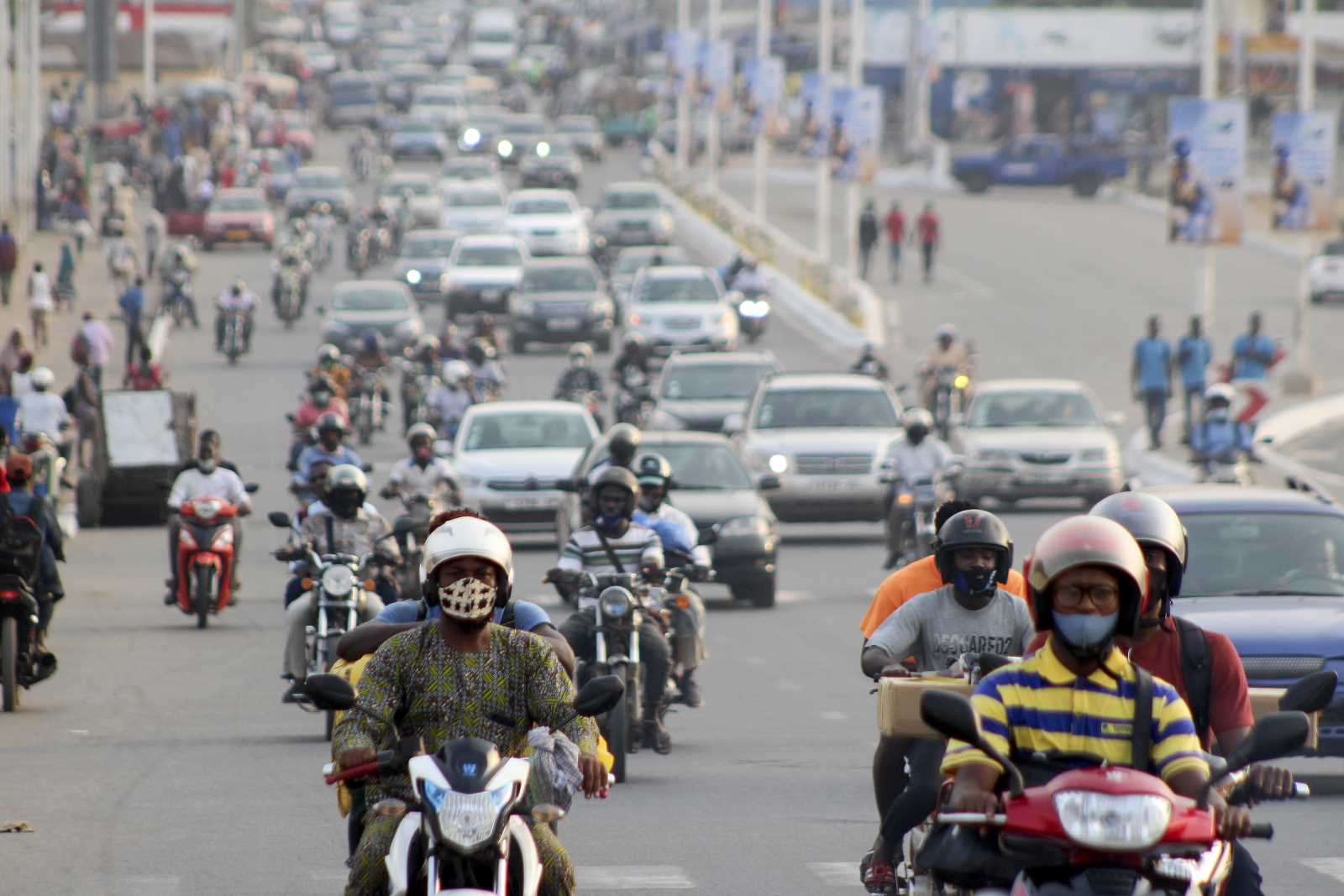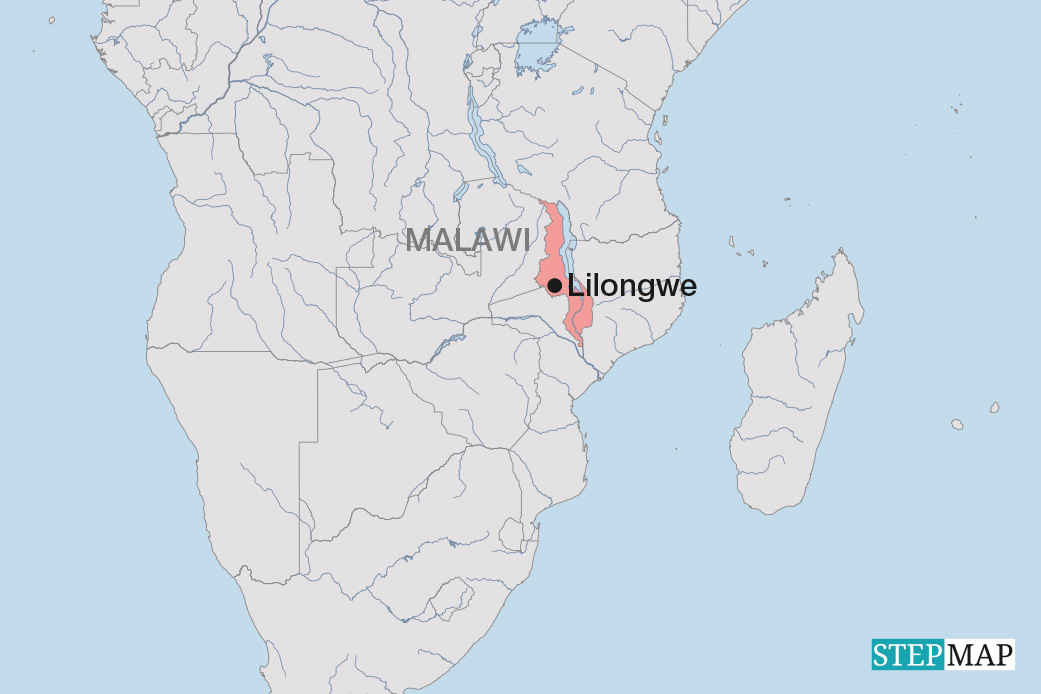Secondhand clothes
Trade in secondhand clothes: the benefits outweigh the costs

Used textiles have long been traded on the global market. The volume of discarded clothing from industrialised countries is growing, as is the demand for secondhand textiles, particularly in countries of the global south. Purchasers of secondhand clothing are primarily low-income people. However, fashion-conscious buyers also appreciate the selection and quality that is available on the secondhand market.
Several years ago, FairWertung conducted a dialogue programme in several African countries, with a focus on Tanzania and Cameroon, that demonstrated that disadvantaged people benefit from secondhand clothing. The umbrella organisation FairWertung is a nationwide consortium of charitable associations that collect used textiles. Over the course of the programme, when people were asked in interviews what they thought about secondhand clothing, they repeatedly answered that “it’s good for the poor people”.
Additionally, there are also younger shoppers in particular who want to introduce variety into their wardrobes without buying something new. Fashion considerations and brands are also playing an increasing role in consumers’ decisions.
One of the largest objections to the export of used clothing from industrialised countries to Africa is that the practice harms Africa’s domestic textile industry. However, it is incorrect to assume that prior to the commercial import of used clothing, there was a domestic clothing industry and an affordable, broad range of textiles available in most African countries.
Historical disruption
Until the early 1980s, locally produced clothing could in fact be found in at least some African countries, thanks to state subsidies. Many governments supported the entire textile production chain and also closed off domestic markets from all imports. This system was disrupted in the mid-1980s, however: as part of debt restructuring programmes carried out under the direction of the International Monetary Fund, many states had to do away with all subsidies and give up import restrictions. Local industries were therefore exposed to competition from the global market. At the same time, uncertain business conditions, like a lack of spare parts and frequent power outages, stood in the way of a functioning, steady production.
During these crisis years, very little clothing was available for purchase in many areas. Mitumba – the standard East-African term for secondhand clothing – provided a remedy and also helped improve the supply of textiles to rural areas. In subsequent years, the remaining textile and clothing operations largely specialised in niche markets and are enjoying increasing success.
Nowadays, both secondhand textiles as well as new products can be found on African markets. Most of the new clothing is produced in Asia, however. It is sometimes sold for lower prices than secondhand clothes. Nevertheless, many people still buy used clothing because it is often of higher quality than the Chinese textiles. The latter quickly show wear after hand washing and have a high proportion of synthetic fibres.
While there are clothing factories in some African countries, the vast majority do not create products for local people, but rather for markets in the US and Europe. Often the sewers who work in the factories dress themselves on the secondhand market.
The assumption that, without the import of secondhand clothing, many places would have a competitive local clothing industry and, at the same time, a selection of clothes that are affordable for all, is largely unrealistic under the current circumstances. Instead, the people’s limited purchasing power determines the selection and Asian production the market for new goods. The secondhand trade meets this demand and also generates income for many thousands of people.
Ecological impacts
In recent months, images of discarded textiles in landfills in Africa have shined a spotlight on the ecological dimension of the trade in secondhand clothes. From an environmental standpoint, secondhand clothing is fundamentally advantageous: longer wear conserves the raw materials and chemicals used in the production of new clothes. However, it is also true that most African countries lack a functioning waste disposal system, meaning that textiles that have reached the end of their service life often end up in open or wild landfills (for more on the global waste problem, see Aviva Freudmann at www.dandc.eu).
Textile collections in western industrialised countries receive both well-preserved clothing as well as a significant amount of recycling content and waste (see box). In order to minimise the impact on the environment, only those textiles should be exported from the EU that are wearable and for which there is a demand. Recycling content and waste, on the other hand, should be salvaged, whenever possible, in the place where they are generated. If such content is indeed exported to states outside the EU, companies should be able to fully document that it will be treated and salvaged into something of equal or greater value.
In this situation, it is essential that the declaration of goods made during export is correct. FairWertung therefore works with selected partners who voluntarily submit to an audit procedure. Regular audits are also conducted to make sure that the correct declaration has been made. In this way, FairWertung’s charitable collectors ensure that clothing donations are handled responsibly during the rest of the recycling process. Consumers who want to support charitable collections in a targeted way can look for the FairWertung symbol when disposing of old clothing.
The medium and long-term goal must be to implement a true circular economy. That means first and foremost that companies must produce textiles in such a way that, at the end of their service life, they can serve as raw materials for new products. We in Europe already possess the expertise and the necessary capital to create a more sustainable textile industry; above all, however, we bear the primary responsibility.
Link
Donation sites of organisations that have been certified by FairWertung:
https://www.altkleiderspenden.de
Thomas Ahlmann is the director of the umbrella organisation FairWertung, a nationwide network of charitable associations that collect used clothing.
info@fairwertung.de














